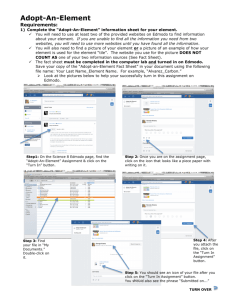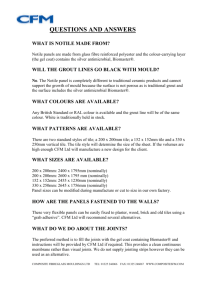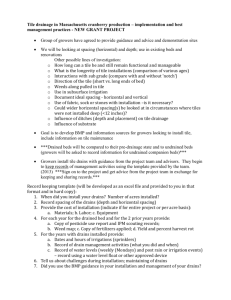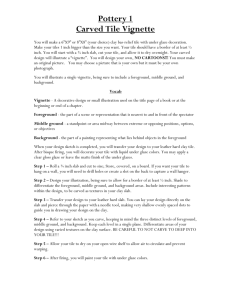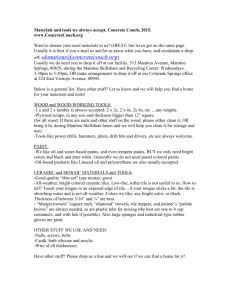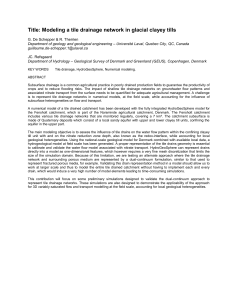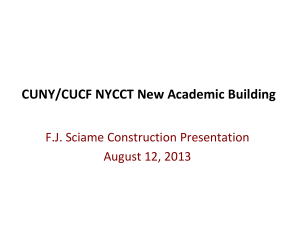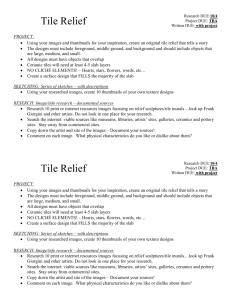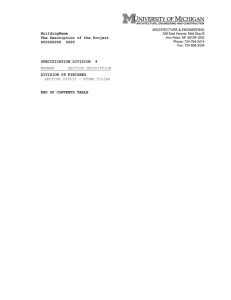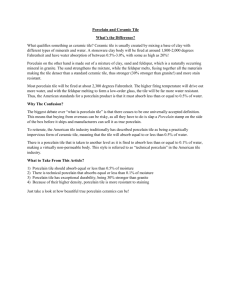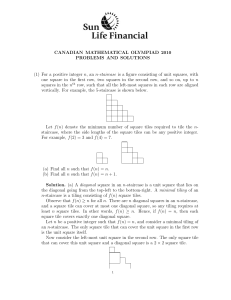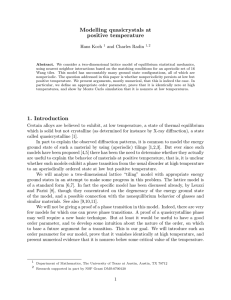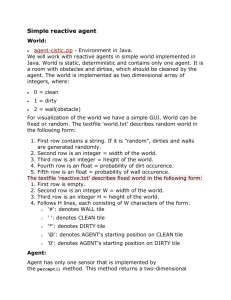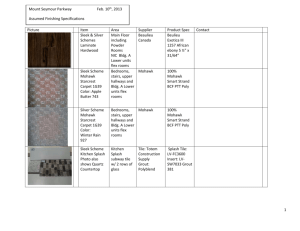test2TakeHome
advertisement
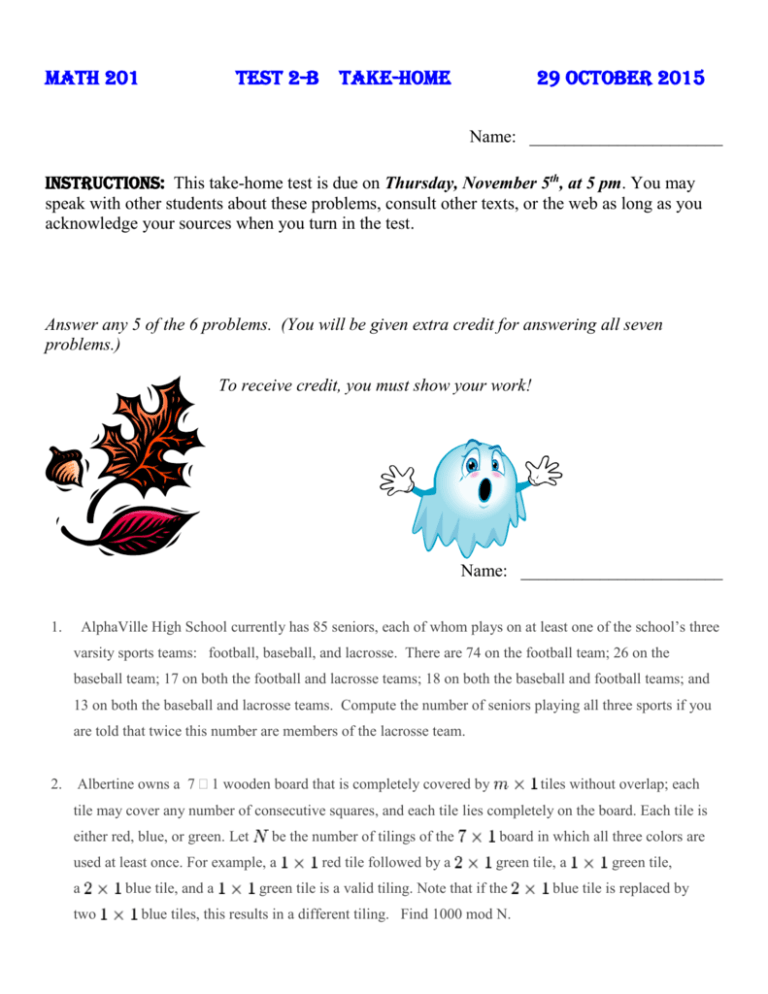
Math 201 TEST 2-B Take-home 29 October 2015 Name: ______________________ Instructions: This take-home test is due on Thursday, November 5th, at 5 pm. You may speak with other students about these problems, consult other texts, or the web as long as you acknowledge your sources when you turn in the test. Answer any 5 of the 6 problems. (You will be given extra credit for answering all seven problems.) To receive credit, you must show your work! Name: _______________________ AlphaVille High School currently has 85 seniors, each of whom plays on at least one of the school’s three 1. varsity sports teams: football, baseball, and lacrosse. There are 74 on the football team; 26 on the baseball team; 17 on both the football and lacrosse teams; 18 on both the baseball and football teams; and 13 on both the baseball and lacrosse teams. Compute the number of seniors playing all three sports if you are told that twice this number are members of the lacrosse team. 2. Albertine owns a 7 1 wooden board that is completely covered by tiles without overlap; each tile may cover any number of consecutive squares, and each tile lies completely on the board. Each tile is either red, blue, or green. Let be the number of tilings of the used at least once. For example, a a two blue tile, and a red tile followed by a board in which all three colors are green tile, a green tile is a valid tiling. Note that if the blue tiles, this results in a different tiling. Find 1000 mod N. green tile, blue tile is replaced by 2 3. Let F(n) denote the nth Fibonacci number (assuming that F(1) = F(2) = 1). Prove that ∑𝑛𝑗=1 𝐹(𝑗)2= F(n)F(n+1) for all n 3 4. Charlotte, the spider, starts at vertex A of a certain cube and is trying to get to vertex B, which is opposite A, in five or fewer “steps,” where a step consists in traveling along an edge from one vertex to another. The spider will stop as soon as it reaches B. How many ways can the spider achieve its objective? 5. Let F(n) denote the nth Fibonacci number (assuming that F(1) = F(2) = 1). Let G(n) denote a generalized Fibonacci number defined by G(1) = a, G(2) = b, and G(n+2) = G(n+1) + G(n) for n 1. Prove that G(n) = a F(n-2) + b F(n-1) for all n 2. 6. A dot is marked at each vertex of a triangle ABC. Then, 2, 3, and 7 more dots are marked on the sides AB, BC, and CA, respectively. How many triangles have their vertices at these dots? A first fact should surprise us, or rather would surprise us if we were not used to it. How does it happen there are people who do not understand mathematics? If mathematics invokes only the rules of logic, such as are accepted by all normal minds ... how does it come about that so many persons are here refractory? 3 - Henri Poincaré, quoted in The World of Mathematics, edited by J. R. Newman


